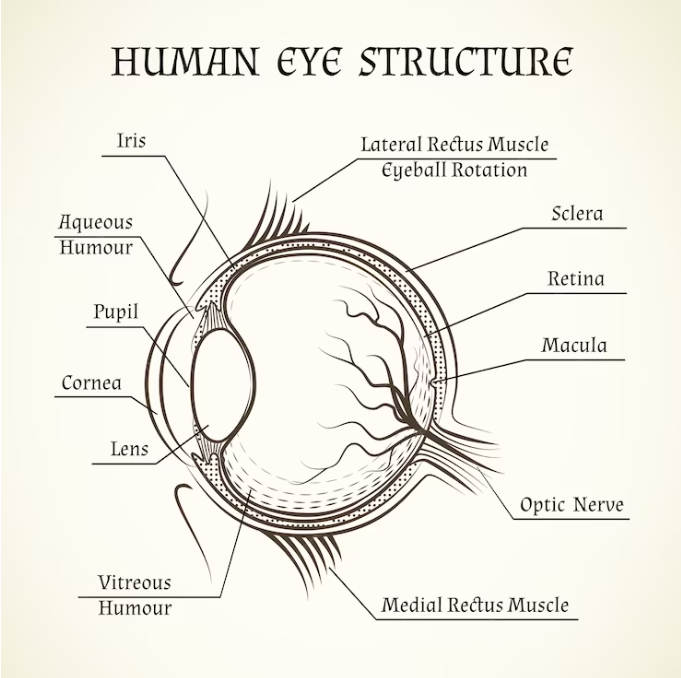Introduction:
Bladeless LASIK, sometimes referred to as Femto-LASIK or All-Laser LASIK, is a cutting-edge method of laser vision correction that has a number of benefits over conventional LASIK surgery. The science underlying bladeless LASIK, its operation, and its advantages for Indian patients seeking vision correction are all covered in this article. Learn more about bladeless lasik and Lasik Eye Surgery, get consultation and book your appointment with best eye specialist in thane.
What is LASIK?
LASIK, or Laser-Assisted In Situ Keratomileusis, is a popular refractive surgery procedure used to correct vision problems such as nearsightedness, farsightedness, and astigmatism. During LASIK, a laser is used to reshape the cornea, the clear front part of the eye, to improve how light is focused on the retina. This helps to reduce or eliminate the need for glasses or contact lenses. LASIK is a quick and painless procedure that offers rapid visual recovery, with most patients experiencing improved vision shortly after surgery. It is a safe and effective option for many individuals seeking to reduce their dependence on corrective lenses.
How Bladeless LASIK Operates:
Using femtosecond laser technology, a thin flap is created in the cornea. This flap is then raised to enable an excimer laser to reshape the corneal tissue underneath. Comparing this exact flap production to the classic LASIK technique that uses a microkeratome blade, the accuracy and safety of the treatment are improved.
The Science Behind Bladeless LASIK:
On the other hand, bladeless LASIK uses a highly accurate femtosecond laser to create the corneal flap instead of a microkeratome blade. The science underlying bladeless LASIK operates as follows:
Step 1: Mapping the Corneas
Mapping the cornea is the first stage in a Bladeless LASIK procedure. The surgeon can better assess the nature of the visual issue by mapping the cornea to determine its curvature.
Step 2: Customized Care
After determining the type of vision issue, the surgeon will design a plan of care specific to the patient.
Step 3: Corneal Flap Creation
This is the stage at which the procedure begins. The femtosecond laser creates a thin, hinged corneal flap at the start of the procedure. Short light pulses from this laser enable extremely regulated and precise tissue removal. By producing a flap with consistent thickness, size, and shape, the laser lowers the possibility of issues that come with uneven flaps.
Step 4: Corneal Reshaping
After the flap is made, the corneal tissue underneath is softly revealed by lifting the flap. The cornea is reshaped with an excimer laser, a distinct kind of laser. With this laser, the patient's exact refractive error is properly corrected by precisely removing minute amounts of corneal tissue. Excimer laser accuracy guarantees that the desired vision correction is achieved by modifying the corneal shape.
Step 5: Replacing the Flap
Once the cornea has been reshaped by the laser, the corneal flap is carefully repositioned. The flap adheres without the need for stitches because of the cornea's inherent adhesive qualities. The flap eventually mends on its own and melds in with the surrounding tissue.
Step 6: Patient Screening
The patient is kept in screening after the surgery if they need immediate attention or care.
Benefits of Bladeless LASIK:
1. Improved Precision: By creating flaps and reshaping the cornea with greater precision, femtosecond lasers can produce better visual results.
2. Decreased Risk of issues: When compared to standard LASIK, bladeless LASIK has a lower risk of flap-related issues, including as flap dislocation or uneven flap edges.
3. Tailored Care: Bladeless LASIK can be tailored to the particular features of each patient's eyes, improving visual results and lowering the possibility of adverse effects including glare and halos.
4. Faster Recovery: Compared to traditional LASIK, patients who have bladeless LASIK usually recover visually more quickly and have less discomfort during the healing process.
Cost and Availability in India:
Numerous hospitals and eye clinics in India offer bladeless LASIK. Depending on the facility, the competence level of the surgeon, and the technology employed, bladeless LASIK might have varying costs. However, because of the sophisticated equipment required, it is typically more expensive than regular LASIK. If you want to do bladeless lasik eye surgery, before surgery always get advice from best eye specialist doctor.
Conclusion:
In conclusion, bladeless LASIK is a safe and efficient method of correcting vision that offers advantages over traditional LASIK such as greater precision, a lower chance of complications, and a quicker recovery. For those seeking to enhance their vision and quality of life, bladeless LASIK is a compelling alternative due to its advantages and accessibility in India. Eye is very sensitive part of human, so always do your and your kids routine eye check up at best eye hospital in dombivli



























